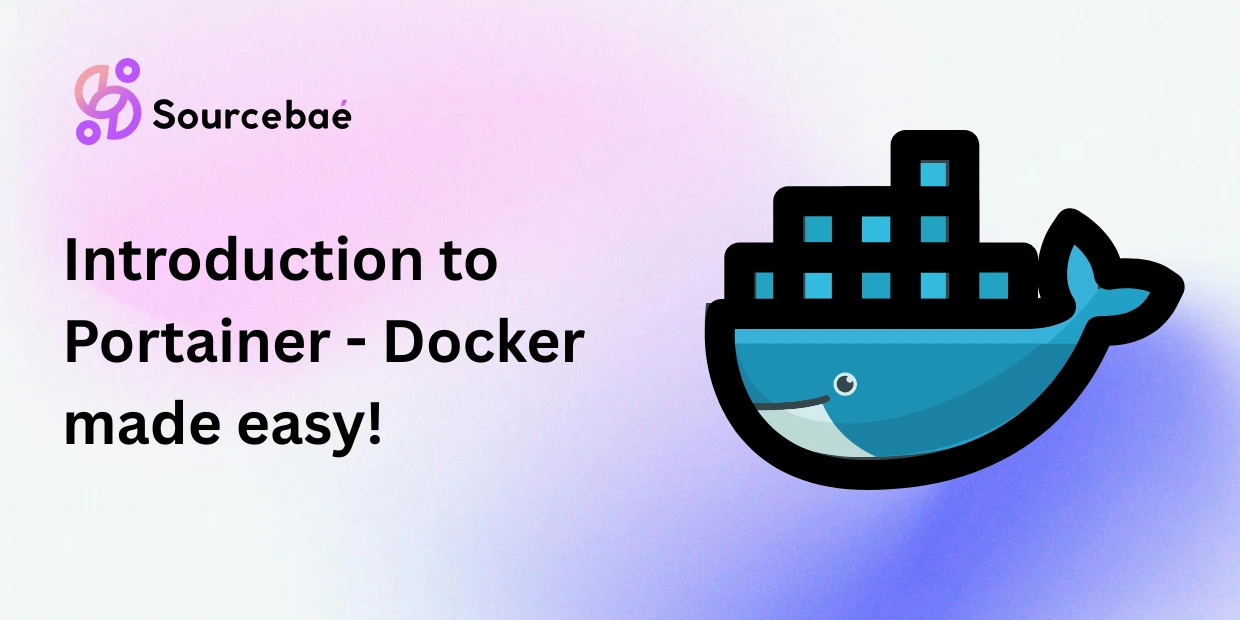In the world of containerization and microservices, Docker has emerged as a popular tool for application deployment. However, managing Docker containers, images, and networks can be complex and overwhelming, especially for beginners. This is where Portainer comes to the rescue. Portainer is an open-source lightweight management UI that simplifies managing Docker environments, making it incredibly easy and intuitive.
Features of Portainer
Portainer boasts several impressive features that make it a go-to solution for Docker management. One of its standout features is its user-friendly interface, which provides a graphical representation of Docker resources, eliminating the need to rely solely on command-line tools. Portainer’s intuitive design allows users to navigate and manage Docker containers and images effortlessly.
Another notable feature of Portainer is its ability to deploy applications with ease. Users can deploy Docker containers and services with just a few clicks, eliminating the need for manual configuration. Portainer also provides monitoring and logging capabilities, allowing users to closely monitor their Docker environments and troubleshoot any issues that may arise.
Getting Started with Portainer
Getting started with Portainer is a breeze. The installation process is straightforward and varies depending on your operating system. Whether you’re using Windows, macOS, or Linux, Portainer offers comprehensive instructions to ensure a smooth installation. Once installed, you can access Portainer via a web browser and begin the initial setup and configuration.
Exploring the Portainer Interface
Upon accessing Portainer’s interface, you’ll be greeted with a Dashboard that provides an overview of your Docker environment. The Navigation menu offers easy access to various Docker resources, including containers, images, networks, and volumes. Through the Portainer interface, you can effortlessly manage Docker resources and perform actions such as starting, stopping, and removing containers. Additionally, you can explore Docker images and networks, gaining insights into their functionality and configuration.
Deploying Applications with Portainer
Portainer simplifies deploying applications by providing a user-friendly interface and integrated templates. Users can create and manage Stacks and services, allowing seamless application deployment. The templates feature allows for quick configuration and setup of common application architectures, saving time and effort. Portainer also supports container orchestration with Kubernetes and Swarm, enabling users to scale and manage their applications efficiently.
Monitoring and Logging with Portainer
Monitoring and logging are crucial aspects of managing Docker environments, and Portainer excels in these areas. It offers real-time monitoring of Docker resources and containers, providing insights into their performance and resource usage. Users can easily view logs, troubleshoot issues, and take necessary actions to ensure the smooth operation of their applications. Portainer’s monitoring and logging capabilities make managing and maintaining Docker environments hassle-free.
Securing Docker with Portainer
Security is always a top priority in any system, and Portainer addresses this concern effectively. It offers user and access management using Role-Based Access Control (RBAC), allowing administrators to set permissions and restrictions for different users. Portainer also provides features like Docker volume and secret management, ensuring that authorized personnel securely store and access sensitive data.
Best Practices for Using Portainer
To maximize the benefits of Portainer, it’s essential to follow best practices. Regularly backing up your Portainer configurations and data is highly recommended, as it ensures you can quickly restore your settings in unforeseen circumstances. Additionally, container orchestration with Kubernetes or Swarm can further enhance the scalability and resilience of your applications when using Portainer.
Case Studies: Real-World Usage of Portainer
Numerous organizations have embraced Portainer as their go-to solution for managing Docker environments. Companies ranging from startups to large enterprises have benefited from Portainer’s user-friendly interface and simplified Docker management. By leveraging Portainer’s features, organizations have witnessed increased efficiency, reduced complexities, and improved collaboration in their application deployment workflows.
FAQs
FAQ 1: Can Portainer be used in production environments?
Portainer is indeed suitable for production environments. It provides a user-friendly interface, allowing advanced configurations and granular control over Docker resources.
FAQ 2: Is Portainer only compatible with Docker?
Portainer primarily supports Docker but offers limited support for Kubernetes and Swarm, providing some container orchestration capabilities.
FAQ 3: Can Portainer be used with cloud-based Docker solutions like AWS ECS or Google Kubernetes Engine?
Yes, Portainer can be used with cloud-based Docker solutions. It allows you to connect and manage Docker resources locally or in the cloud.
FAQ 4: Is Portainer a self-hosted solution?
Yes, Portainer is a self-hosted solution. It can be installed on your infrastructure, providing complete control over your Docker management environment.
FAQ 5: Does Portainer have a paid version?
Portainer offers a free, open-source, and paid version called Portainer Business. The paid version provides additional features and support for enterprises.
Conclusion
In conclusion, Portainer is a game-changer when it comes to Docker management. Its user-friendly interface, ease of use, and powerful features make it the go-to choice for beginners and experienced Docker enthusiasts. With Portainer, Docker management becomes accessible to everyone, paving the way for streamlined development, deployment, and maintenance of containerized applications.
READ MORE: Why Most IT Projects Fail






